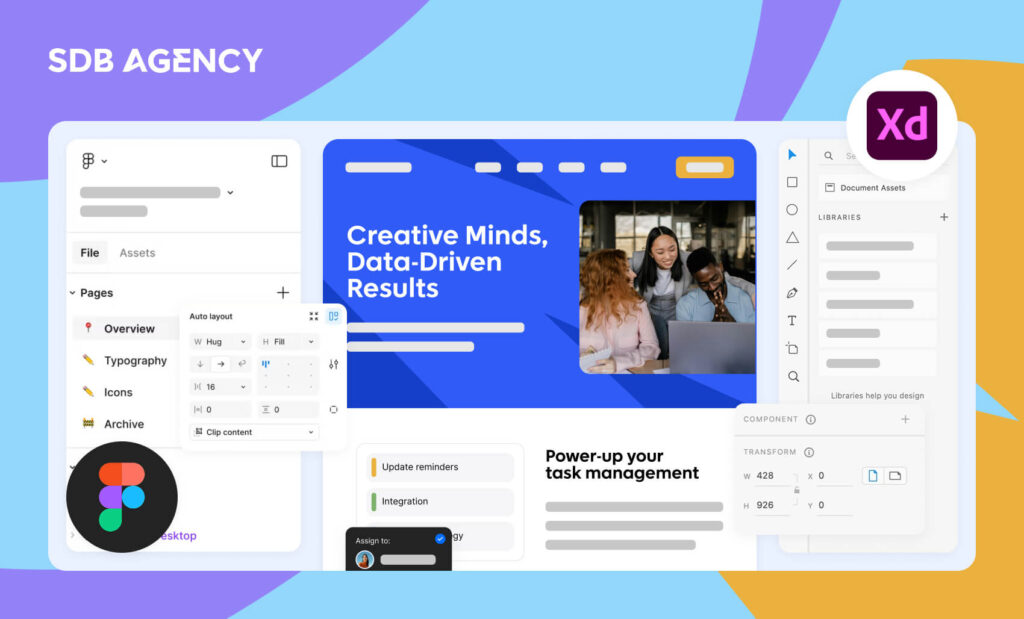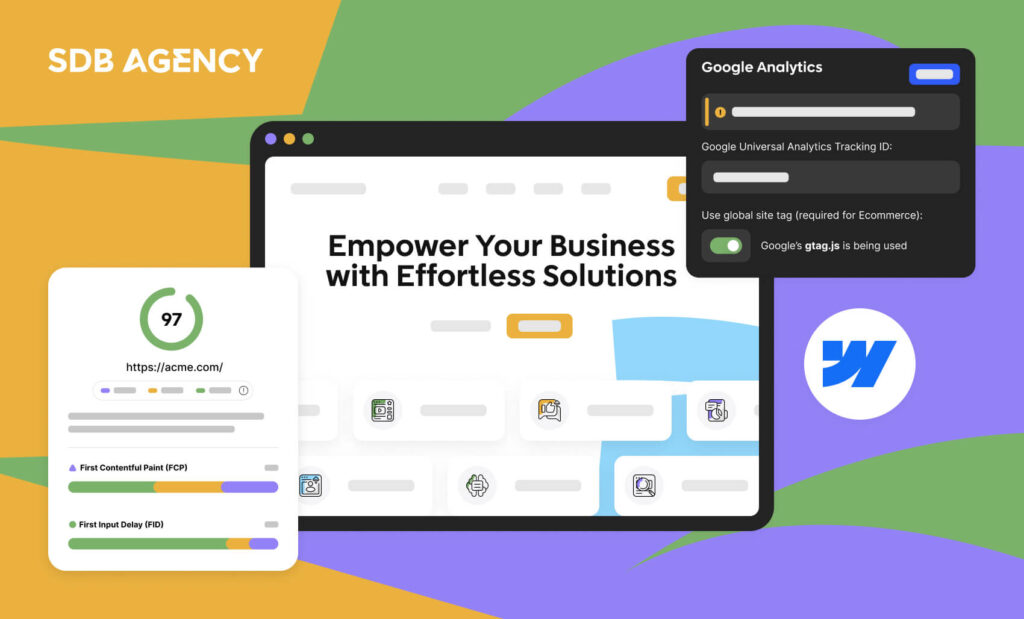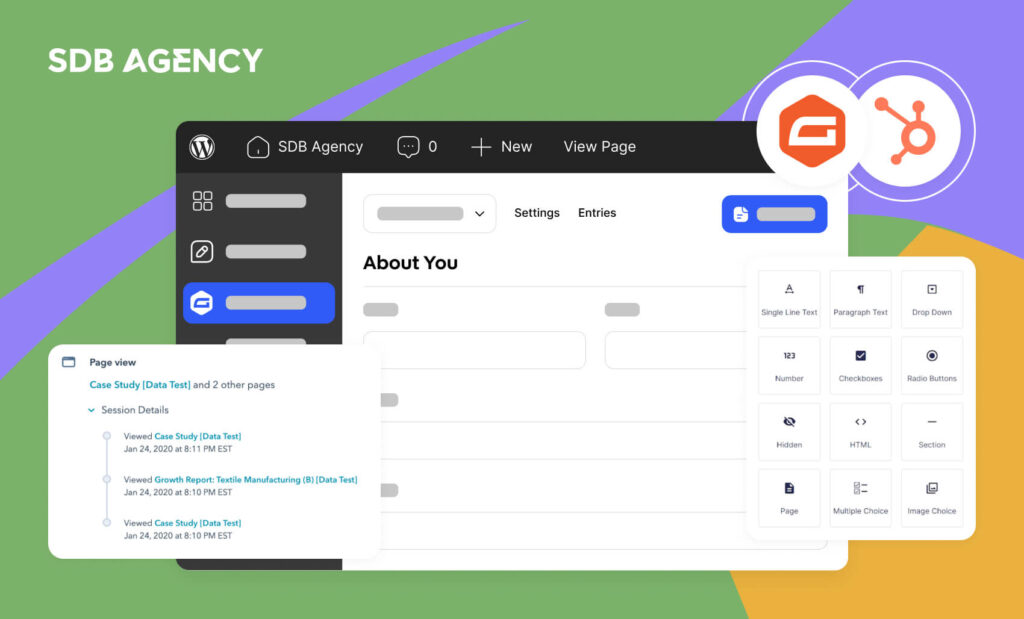How to Improve User Experience During Your Website Redesign

Key takeaways
- Not every change is considered an improvement — a redesign is important at some point, but you must also consider the user experience during the process.
- Prioritize fixing your website instead of only updating it with an aesthetic update to improve the user experience during a redesign.
- After conducting in-house and online testing, you can try services like Try My UI to make your UX testing easier and more accurate.
Like everything else in life, the digital space is dynamic and constantly changing. As technology thrives, new trends stick around while the old ones fall behind.
Websites must change to keep up with users’ constantly changing expectations, but not every change is translated into improvement. A redesign becomes crucial at some point, but it’s easy to forget about the user experience during the process.
For example, Yahoo! Mail attempted a minimalist redesign to replicate Gmail’s aesthetics. One decision that left users unhappy was the removal of tabs, which were their unique selling point and had led customers to choose Yahoo Mail instead of Google in the first place. Their forum blew up, leaving tens of thousands of unhappy customers.
No one wants a bad UX that leads to an online riot, but the benefits of a website redesign will be worthwhile. Websites with flashy intros, for example, may force visitors to watch a welcome animation while their expectation for every site is to load in 3 seconds or less.
Ways to improve your user experience during a website redesign
Businesses must take the right approach to grow their user base while keeping their existing users happy. Here’s a guide to redesigning your website while improving your user experience:
1. Redesign to fix your website, not just for an aesthetic update
Many businesses embrace a website redesign because they want to implement new technology or aesthetic trends to improve their site.
If we take the flashy intros example again, this mentality of “newer is better” leads to business owners always going with something that’s currently trending. Indeed, newer is always cool and exciting, but it’s not necessarily an improvement. A website redesign should always focus on organically improving the experience, not only on being new.
For example, Spotify’s newest redesign was inspired by the right reasons. The already popular streaming service decided to institute changes due to high competition from upstarts like Apple’s iTunes Radio.
Their most visible change was the ultra-black design, which creates a slicker look than their old gray one. This aesthetic change accidentally improved their user experience drastically. Below are crucial elements that improve website user experiences.
Use clear and airy design
User Interface (UI) is the link between users and the machine on the website. It lets users navigate a website easily without needing a lot of concentration. UI is related to design and consists of organizing graphic and textual elements to allow users to engage with your site.
UX and UI go hand in hand, and studies have shown that it takes no more than 5 seconds for users to decide whether they should continue browsing a site. UI takes care of the design and ease of perception for the user, and then UX handles to retain the user through intuitive site navigation.
Recent stats show that 52% of users don’t return to a site due to poor design. Therefore, ensuring a clear and airy design is crucial regardless of your website domain. Also, 93% of consumers consider visual appearance to be the first influence on a purchasing decision on a platform.
Accessibility
Accessibility is one of the key factors of successful website UX as users continue to use mobile and tables for online purchases. We all know that mobile use has drastically increased in the last decade.
However, there are a few countries like Canada where the percentage of online browsing is done on a desktop computer rather than on a smartphone. This shows that web platforms still require significant improvements in responsive design to ensure an even more seamless and enjoyable experience on mobiles and tablets.
Optimized content
A website design is certainly something to pay attention to, but what’s equally important is editorial content. Today’s users are very sensitive to how information is delivered; they expect content that speaks to them perfectly.
This is why businesses must study their target audience and avoid technical jargon and abstract words, as today’s users are always in a hurry. Get to the point quickly by choosing light sentences and removing words that may weigh down the content.
2. Measure your site during the redesign
The Yahoo! Mail incident we mentioned earlier was all on themselves. However, they could have gotten away with it to a certain extent. As infuriated as their customers are, they are still Yahoo! The size of their user base is enough to help them survive.
However, there are many cases of businesses whose names were never large enough to recover from a bad website redesign. The good news is that you can avoid this tragic fate by testing your redesign first. This can also be relatively cheap, and easy!
After conducting in-house and online testing, other services can help you crowdsource the test. Sites like Try MY UI can make UX testing easier and more accurate than ever.
This kind of website lets a network of worldwide users use your site prototype and report their experience back to you. If you have extra time and want to give your opinions, you can join the crowdsourced website testers. Remember that there are drawbacks to testing your site internally only, so avoid this trap by including users from outside your team from time to time. They may even become your future customers!
What should you expect from your new site?
After your website goes online, how will you know if users are enjoying their experience on your site?
If you’ve altered your website based on organic needs and tested the new version, you shouldn’t have the kind of backlash that Yahoo! mail experienced. Besides that, there are various other UX statistics to monitor.
You can also imitate Google by following their recent Gmail UI changes and adding a dedicated button to ask for feedback. However, the easiest way to know that your redesign is a success is a sudden influx of new visitors. By following our guide, you’ll ensure a successful website redesign that your audience will praise. Good luck!




